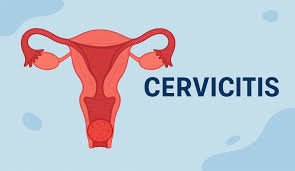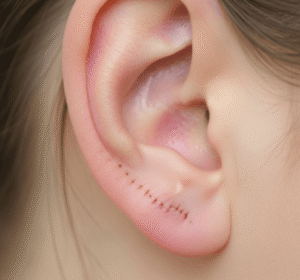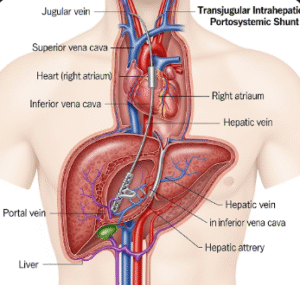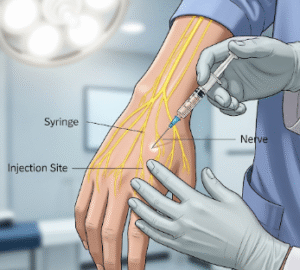South Korea has emerged as a global leader in regenerative medicine, especially in the field of stem cell research. With world-class laboratories, government-backed initiatives, and growing investment in biotech innovation, the nation is pushing the boundaries of how stem cells can be used to repair, regenerate, and rejuvenate the human body.
Stem cell therapy is no longer a distant dream — in Korea, it’s becoming a scientific reality. From restoring damaged tissues to developing advanced anti-aging treatments, Korea’s research ecosystem is at the forefront of this life-changing science.
What Are Stem Cells and Why Do They Matter?
Stem cells are the body’s master cells — unique in their ability to transform into different types of specialized cells like muscle, nerve, or blood cells. They serve as the body’s natural repair system.
• Self-renewal: Stem cells can divide and produce more stem cells indefinitely.
• Differentiation: They can turn into almost any type of cell, replacing damaged or diseased tissue.
• Healing potential: Used to treat injuries, degenerative diseases, and even certain cancers.
In simple terms, stem cells offer the promise of regenerating what medicine once thought was irreparable.
Korea’s Growing Focus on Stem Cell Research
South Korea’s commitment to biotechnology and healthcare innovation has made it a hub for regenerative medicine. The government, universities, and private biotech firms are collaborating to create cutting-edge solutions in cell therapy.
• National funding: The Ministry of Health and Welfare invests heavily in stem cell R&D under its Biohealth Innovation Strategy.
• Regulatory support: Korea’s Act on the Safety of and Support for Advanced Regenerative Medicine (2020) provides a legal framework for clinical trials and therapy development.
• Public-private partnerships: Collaborations between research institutes and pharmaceutical companies are accelerating the commercialization of stem cell therapies.
Korea’s goal is clear — to become a global biotech powerhouse by merging medical science, data technology, and precision medicine.
Major Institutions Leading the Research
Several top Korean universities and research centers are pioneering stem cell innovations.
1. Seoul National University (SNU)
• Conducts groundbreaking work in neural stem cell research for spinal cord and brain injury treatments.
• Developing lab-grown tissues for Parkinson’s disease and stroke rehabilitation.
2. CHA University and CHA Biotech
• Known for cord blood and embryonic stem cell studies.
• Runs one of Asia’s most advanced cell therapy research centers focusing on aging and fertility regeneration.
3. Samsung Medical Center
• Integrating stem cell technology with AI-driven diagnostics to personalize regenerative treatments.
• Actively conducting clinical trials for heart failure and cartilage repair.
4. Korea Advanced Institute of Science and Technology (KAIST)
• Developing bioengineered scaffolds for organ regeneration.
• Exploring 3D bioprinting technology to grow human tissues for transplants.
These institutions are shaping the future of medicine — where healing comes from within the body itself.
Breakthrough Areas of Research
Korea’s stem cell studies cover a wide range of medical applications.
• Neuroregeneration: Using stem cells to repair nerve damage in spinal injuries and neurodegenerative diseases.
• Cardiac regeneration: Developing cell therapies to restore damaged heart tissue after heart attacks.
• Skin and tissue rejuvenation: Advancing anti-aging treatments through collagen and fibroblast stem cells.
• Orthopedic healing: Using mesenchymal stem cells (MSCs) to regenerate bone and cartilage in arthritis patients.
• Diabetes treatment: Researching pancreatic cell regeneration to restore insulin production.
Each of these areas offers hope for millions of patients suffering from chronic or degenerative conditions.
Government Support and Ethical Regulations
The Korean government ensures that all stem cell studies follow strict ethical and safety guidelines. The Advanced Regenerative Medicine and Advanced Biopharmaceuticals Act was designed to oversee:
• Clinical trial safety and transparency.
• Ethical sourcing of cells, especially embryonic and induced pluripotent stem cells (iPSCs).
• Post-treatment monitoring to track long-term effects.
• Funding for patient-centered therapies through national grants.
These measures make Korea one of the few nations with a comprehensive legal system supporting regenerative innovation while protecting patient safety.
Stem Cells and the Future of Anti-Aging Medicine
Beyond medical treatment, stem cell technology is fueling a new wave of Well-Aging and longevity research in Korea. Clinics are exploring autologous stem cell infusions — using a person’s own cells to rejuvenate skin, enhance energy, and slow visible aging.
• Skin regeneration: Stem cells stimulate collagen and elastin production, reducing wrinkles and scars.
• Immune system support: Regenerative therapy helps restore balance in aging immune cells.
• Organ rejuvenation: Early studies suggest potential for improving liver and kidney function in older adults.
These advances position Korea as a leader in the science of healthy aging, blending biotechnology with traditional wellness.
Biotech Companies Driving Innovation
Private sector investment is expanding rapidly, bridging research and real-world medical applications.
• MediPost: Developing cartilage regeneration therapies using umbilical cord-derived stem cells (Cartistem).
• Corestem: Focuses on ALS (Lou Gehrig’s disease) treatments, with clinical success in slowing disease progression.
• Anterogen: Specializes in stem cell cosmetics and wound healing products approved in several countries.
• Nature Cell: Working on stem cell-based therapies for arthritis and diabetes.
Korean biotech companies are also partnering internationally to export cell therapy technologies and expertise to Europe, Japan, and the U.S.
Ethical Debates and Public Perception
While enthusiasm is high, Korea continues to address ethical and social discussions around stem cell use.
• Public awareness campaigns educate citizens on the medical benefits and safety standards.
• Ethics committees monitor stem cell sourcing and patient consent in all trials.
• The emphasis is always on transparency, safety, and long-term public trust.
Korea’s approach balances innovation with integrity, ensuring progress doesn’t come at the cost of ethics.
The Future of Regenerative Medicine in Korea
With rapid advances in AI, biotechnology, and nanomedicine, Korea’s regenerative medicine field is expected to grow exponentially in the coming decade. Researchers envision:
• Personalized cell banks for individual therapies.
• 3D-printed organs using stem cell scaffolds.
• Non-invasive regenerative treatments for chronic diseases.
• Integration of stem cell research with genomics for precision healing.
By 2030, experts predict Korea could become a world leader in stem cell-based healthcare, setting global standards for safety, accessibility, and innovation.
Final Thoughts
The expansion of stem cell regeneration studies in Korea represents more than scientific progress — it’s a revolution in healing and human longevity. By merging technology, ethics, and compassion, Korean researchers are proving that the future of medicine lies in helping the body heal itself.
From restoring lost function to rejuvenating aging cells, stem cell science in Korea is lighting the path toward a healthier, longer, and more hopeful tomorrow.













